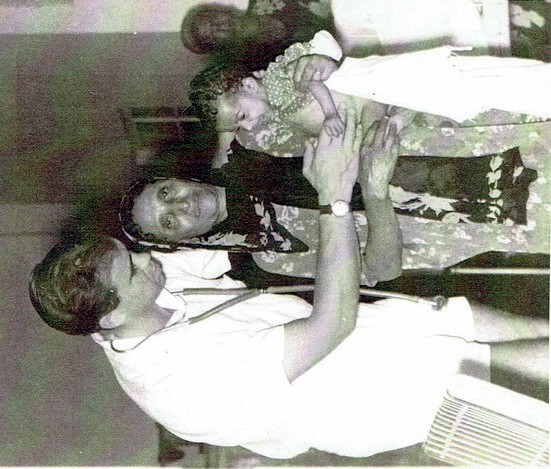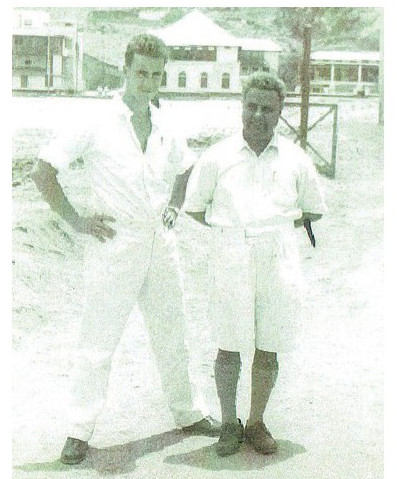A medical legacy
Dr Elizabeth Clyde reflects on the history of the Keith Falconer Mission Hospital (now in Yemen) with Church of Scotland roots.
THE founder, Ian Keith Falconer 1856 – 1887, was a Scottish missionary and Arabic scholar. In 1886 he was appointed Professor of Arabic at Clare College Cambridge.
He began evangelical work in London, then went on a visit to Arabia.
Keen to do further missionary work in Arabia, where healthcare was very much needed, he founded a hospital at Sheikh Othman near Aden. He returned to the UK, spoke to the General Assembly of the Church of Scotland in 1886 and the new mission was formally recognised.
Unfortunately, months after returning to Arabia, he died, weakened by several bouts of malaria, which, at that time, could not be successfully treated.
A number of doctors and nurses subsequently worked in the hospital. Dr JC Young worked from 1892 – 1926, and also served as chaplain to the British troops and ex-pats who worshipped in the Keith Falconer Memorial Church. Dr George and Mrs Margaret Morris worked in a nearby Bedouin village, where diseases of poverty, malnutrition and tuberculosis were rife. After a number of years’ much valued medical work they retired to the UK on Mrs Morris’ health grounds. Follow up of the tuberculosis cases was later continued on a visiting basis by Dr Robertson.
In addition to hospital medicine, staff trained dispensers to branch out to dispensaries undertaking simple health advice and treatment. Pioneers in this were Dr and Mrs Napier, Nurse Bain and Nurse Cowie.
The local population and also the government were very appreciative of the hospital’s medical work. In 1936 Dr and Mrs Pat Petrie and Nurse Cowie were seconded to serve the population round Sana’a (the capital) region at the request of the Imam of the Yemen. Other medical missionaries working in the hospital included Dr Ahmed Affara, Dr Raymond Smith and Dr Harry Robertson. Mrs Affara ran a scheme to provide nutritional support in addition to immunisations for local children. Up to seventy a day attended, many malnourished and a few requiring hospital admission.
Dr Robertson tells me that his extra training in tropical medicine and also in the Arabic language proved invaluable. Besides Church of Scotland funding, and the prayerful and financial support of his old youth fellowship at St Columba’s Church Blackhall, the Boys’ Brigade in Scotland had raised funds for much needed equipment, for which staff were very grateful.
The hospital was honoured by a visit from the Very Rev Dr Leonard Small when on tour as Moderator of the General Assembly of the Church of Scotland.
After ten years of very rewarding medical work, Dr Robertson returned to General Practice in the UK and to bring up his family.
In January 1963 the Colony of Aden was incorporated into the Federation of Arab Emirates of the South against the wishes of North Yemen. The City became the State of Aden and the Federation was renamed the Federation of South Arabia (FSA).
Considerable political unrest occurred. In 1967 British troops were evacuated and, prior to that, the hospital had required to close and was used as a base for British troops.
In his retirement from General Practice, Dr Robertson returned to the area in a voluntary capacity under the auspices of the Anglican Church of Cyprus and the Gulf and set up the Ras Morbat clinic including much-needed child health as well as general medicine. Colleagues from his previous medical practice also spent some time there in their retirement. Nurses and health workers from other countries participated, which was fortunate as eventually British and American personnel were advised to leave.
However Ian Keith Falconer’s legacy and the Church of Scotland mission has provided many years of medical treatment and Christian care for the people of Yemen. We pray for them now in their present dire situation.

Dr Robertson with a Bedouin mother and child.

Dr Ahmed Affara, one of the few converts to Christianity in the area, with Dr Robertson. The hospital building is in the background.